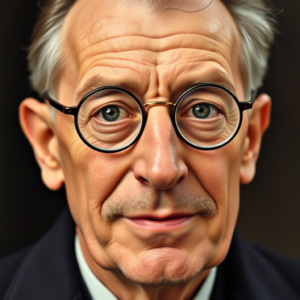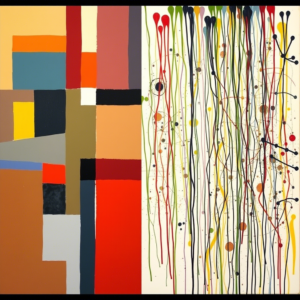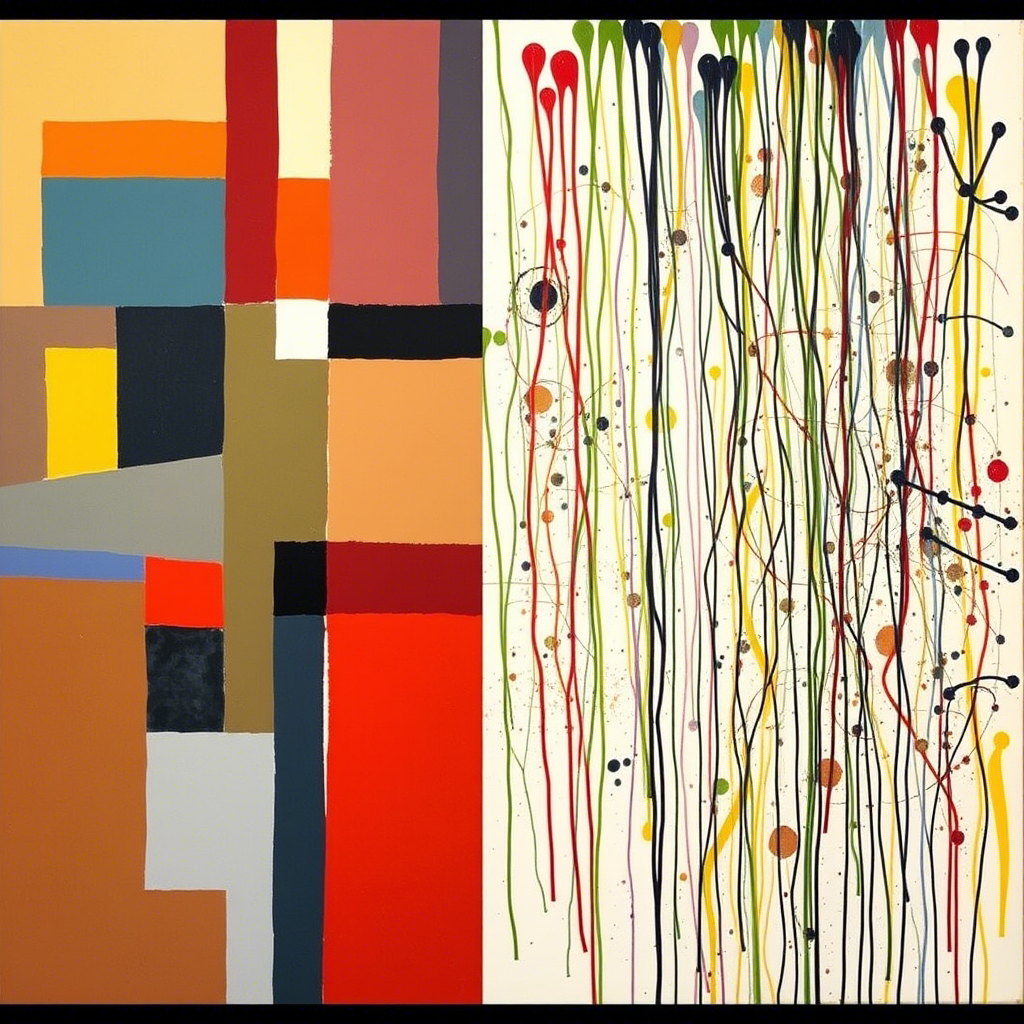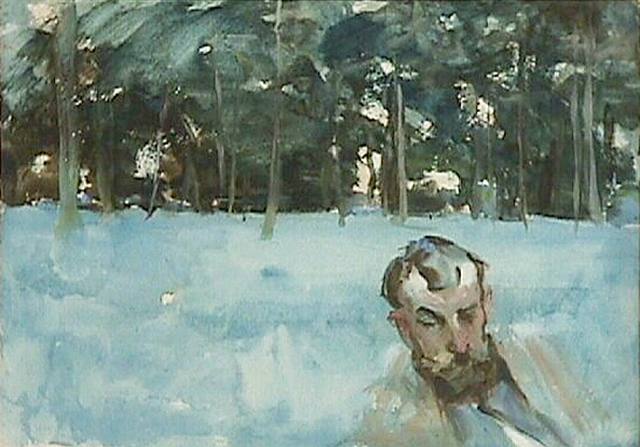
Wassily Kandinsky is more than just an artist – he’s the spiritual godfather of Abstract Expressionism, a movement that would fundamentally transform 20th-century art. How Kandinsky influenced Abstract Expressionism begins with his pioneering vision that transcended traditional artistic boundaries. Long before Jackson Pollock dripped paint or Mark Rothko created color field masterpieces, Kandinsky was developing the radical idea that art could express pure emotion through abstract forms and colors, laying the groundwork for an entirely new approach to visual expression.
His revolutionary concept challenged everything artists had previously understood about representation. Where traditional painters sought to capture external reality, Kandinsky proposed that true artistic meaning emerged from internal emotional landscapes, invisible yet profoundly powerful. This philosophical shift would become the cornerstone of Abstract Expressionism, inspiring generations of artists to look beyond the visible world and explore the depths of human experience through color, form, and gesture.
Key Insights
- Kandinsky laid the philosophical groundwork for Abstract Expressionism
- His theories about color psychology directly influenced American abstract artists
- The concept of “inner necessity” in art became a core principle for Abstract Expressionists
- Kandinsky’s approach bridged European avant-garde and American modernist movements
- His writings provided theoretical legitimacy to non-representational art
The Philosophical Foundations
Breaking Representational Barriers
In the early 20th century, Kandinsky made a revolutionary declaration: art did not need to represent physical reality. This concept was revolutionary. While traditional artists sought to capture the world as it appeared, Kandinsky believed that true artistic expression came from inner emotional landscapes.
“The artist must train not only his eye but his soul.”
Wassily Kandinsky
His 1911 treatise “Concerning the Spiritual in Art” became a manifesto for artists seeking to break free from representational constraints. This work would directly inspire the next generation of American artists who would develop Abstract Expressionism.
Color as Emotional Language
Kandinsky developed a systematic approach to color that went beyond visual aesthetics. He assigned specific emotional and psychological qualities to different hues:
| Color | Emotional Resonance | Artistic Impact |
|---|---|---|
| Blue | Spiritual, deep | Calming, introspective |
| Red | Energetic, aggressive | Dynamic, passionate |
| Yellow | Intellectual, sharp | Stimulating, challenging |
| Green | Balanced, static | Harmonizing, neutral |
Explore more about color theory in art
Direct Influences on Abstract Expressionists
The Migration of Ideas
When Nazi Germany forced many European artists into exile, Kandinsky and his contemporaries brought their revolutionary ideas to the United States. This intellectual migration became crucial in spreading abstract art’s philosophy.

Key Abstract Expressionists who were directly influenced by Kandinsky’s approach:
- Mark Rothko: Adopted Kandinsky’s belief in art’s spiritual dimension
- Jackson Pollock: Embraced the concept of spontaneous, emotional creation
- Willem de Kooning: Utilized non-representational color and form
- Barnett Newman: Explored the philosophical implications of abstract art
Theoretical Contributions
Kandinsky introduced several concepts that became foundational to Abstract Expressionism:
- Art as pure emotional expression
- Rejection of representational constraints
- Color and form as independent artistic languages
- The artist’s inner vision as the primary creative source
Discover the evolution of abstract art movements
Synesthetic Approach to Art
Kandinsky’s unique neurological condition—synesthesia—allowed him to experience colors as sounds and sounds as colors. This cross-sensory perception profoundly influenced his artistic approach and inspired Abstract Expressionists to think beyond traditional sensory boundaries.
The Improvisation and Composition Series
Kandinsky’s painting series demonstrated how abstract forms could communicate complex emotional states:
- Improvisations: Spontaneous, intuitive works
- Compositions: Carefully structured abstract pieces
- Key Works: “Composition VII” (1913) became a landmark in non-representational art

Bauhaus and Artistic Transmission

The Bauhaus school, where Kandinsky taught, became a critical node in transmitting abstract art principles. Many American artists who would later become Abstract Expressionists studied or were influenced by Bauhaus educators.
Learn about art education’s transformative power
Legacy and Continuing Inspiration
Beyond Painting
Kandinsky’s influence extended beyond visual art:
- Challenged traditional artistic representation
- Provided philosophical framework for abstract thinking
- Demonstrated art’s potential for spiritual communication
- Inspired interdisciplinary artistic approaches
Table of How Kandinsky Influenced Abstract Expressionism:
| Artist | Movement | Notable Influence |
|---|---|---|
| Mark Rothko | Abstract Expressionism | Use of color to express emotions |
| Jackson Pollock | Abstract Expressionism | Non-representational forms |
| Willem de Kooning | Abstract Expressionism | Emphasis on abstraction |
| Joan Mitchell | Abstract Expressionism | Emotional expression through color |
| Piet Mondrian | De Stijl | Geometric abstraction |
| Paul Klee | Expressionism | Exploration of color theory |
| Franz Marc | Der Blaue Reiter | Spiritual approach to art |
| Lyubov Popova | Constructivism | Dynamic compositions |
| Robert Delaunay | Orphism | Color relationships |
| Sonia Delaunay | Orphism | Rhythmic use of color |
Kandinsky’s innovative approach to abstraction, use of color, and spiritual themes in art continue to inspire contemporary artists across various movements and styles.
Practical Lessons for Contemporary Artists
- Prioritize emotional authenticity over technical perfection
- Explore art’s potential beyond visual representation
- Develop a personal artistic philosophy
- Experiment with cross-sensory creative approaches
Find your unique artistic voice
Conclusion: A Transformative Artistic Vision
Wassily Kandinsky did more than create paintings—he reimagined what art could be. By liberating color and form from representational constraints, he provided the philosophical and practical blueprint for Abstract Expressionism.
His legacy reminds us that art is not about reproducing the world, but about expressing the ineffable dimensions of human experience. The Abstract Expressionists who followed him were not just his successors, but his spiritual descendants, carrying forward a revolutionary vision of artistic creation.
Explore more about revolutionary artists



